The OnePlus 2 Review
by Brandon Chester on December 14, 2015 8:00 AM EST- Posted in
- Smartphones
- Mobile
- OnePlus
- OnePlus 2
Software: Oxygen OS
The OnePlus 2 ships with OnePlus's skin on Android. It's officially advertised as Oxygen OS, although I don't understand why it's branded like it's a separate operating system when it's actually one of the least intrusive Android skins that you'll see. Many of the additions center on customization, while the interface in general is pretty much unchanged apart from some tweaks to icons and the launcher.
During the setup you'll see that there are some additional screens that have been added which relate to setting up the fingerprint scanner and some additional inclusions like the option to use SwiftKey instead of the standard Google keyboard. On the topic of the fingerprint scanner, it seems to work fine. I find that it's not as quick as the latest Touch ID or Nexus Imprint, but it usually scans my finger correctly and you just have to touch the capacitive home button to wake up and unlock the phone. The set up process could use some work though. You need to touch your finger to the home button a great number of times, and there's no hints letting you know whether you're doing it correctly and if you're covering all the required parts of your fingerprint. I had to go through the process again and ensure that I scanned all the edges of my print, as initially I was having some issues with recognizing one side of my thumb.
Once you get into the core OS, you find something that's fairly reminiscent of Google's version of Android. OnePlus has obviously made some small visual tweaks and changed around some icons, but it's much more similar to a Motorola or a Nexus phone than a Samsung or LG phone. There are some tweaks that I simply don't understand though. For example, when swiping down the notification drawer from the right side of the display it will automatically go straight to the quick toggles. This is honestly just a hassle when you want to check your notifications. Swiping from the left side doesn't trigger this behavior, but the phone is so big that you will never find yourself swiping down from that position. This is the sort of thing that should really just be left alone, as it's altering behavior that is consistent and well defined on most other devices. Some may argue that this isn't an issue because OnePlus allows you to swipe down anywhere on the home screens to open the notification drawer, but that doesn't fix the issue when you're in the app drawer or inside of an application.
There are some nice additions that OnePlus has made to the OS. For example, you can make some changes to the icons in the quick toggle drawer, and you can enable or disable gestures like double tap to wake, or draw a V to toggle a flashlight. You can also choose to use software keys instead of the capacitive hardware buttons, which I personally wouldn't do but there's nothing wrong with having the option. An interesting addition is the ability to swap the order of the recent apps and back buttons, which is likely why OnePlus decided to not put any specific icons on those keys. That feature has actually really useful for me, as for some reason whenever I use capacitive buttons I immediately default to using them in that manner because that's how they're laid out on Samsung phones. There are additional customizations such as the behavior when long pressing the capacitive keys, but I haven't messed around with them very much.
A feature that's currently in beta which I've found to be quite interesting is OnePlus's Shelf feature. This is essentially a screen that takes the spot where Google Now would usually be, and it's a customizable area where you can pin widgets that you access frequently, along with some custom panes like frequent apps and frequent contacts. I actually don't use Google Now on my core Google account for privacy reasons, so I thought that this feature was kind of interesting. If you are a Google Now user I don't think it's as useful overall, and there's unfortunately no way to put Google Now there instead which is a shame. The feature is technically in beta so I don't want to be too critical of it, but one thing that continues to stand out is the seemingly hardcoded message at the top which wishes you a good morning, even when it's 11pm at night. I have had it show good evening once, but it was actually 8am at the time. I assume that's something that'll be worked out in a future update.
As for UI performance, I don't have much praise. What shocked me is that right out of the box I noticed that the OnePlus 2 felt really sluggish. Swipes weren't as responsive as many devices I've used recently, apps hesitated before opening, and there were noticeable frame drops. I remember remarking to Josh that the phone reminded me a lot of the Moto E and Moto G, in that it tends to feel like there's a longer touch delay and more load times than what we've come to expect from high end smartphones. After realizing that the phone is so hesitant to use its Cortex A57 cores, it's no longer a surprise that it feels like a Moto G, because both phones are doing almost everything on a quad core Cortex A53 cluster, with the OnePlus 2 just being 150MHz faster.
I admittedly never had much time with the OnePlus One to compare with CM11S, but as far as $400 devices go the OnePlus 2 doesn't offer acceptable performance even for basic UI navigation and web browsing. This is really the deal breaker for me. A phone like the Moto G offers similar UI and app performance for half the price, and at $400 you could go get a Nexus 5X or find a deal on a phone like the LG G4 or Galaxy S6, all of which offer far more responsive interfaces and just all around better performance. While these issues are due to the CPU management rather than the result of OnePlus's Android skin, they certainly impact how users will perceive the performance of the phone's software, and subsequently the performance of the device as a whole.


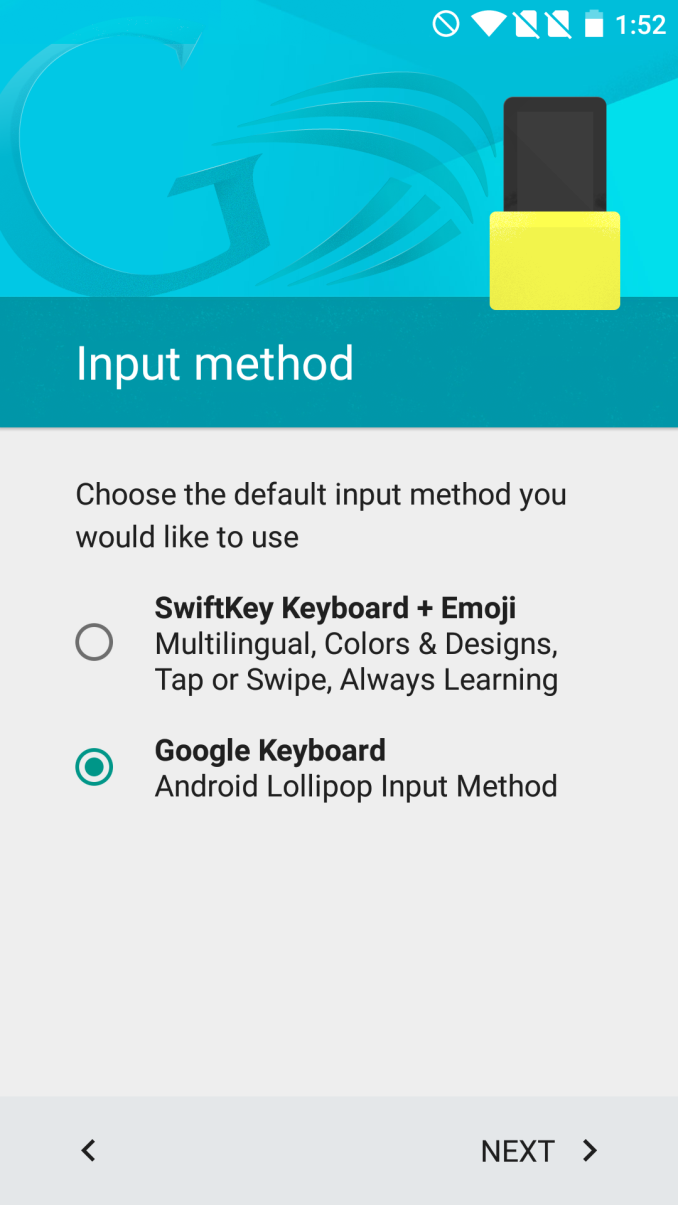
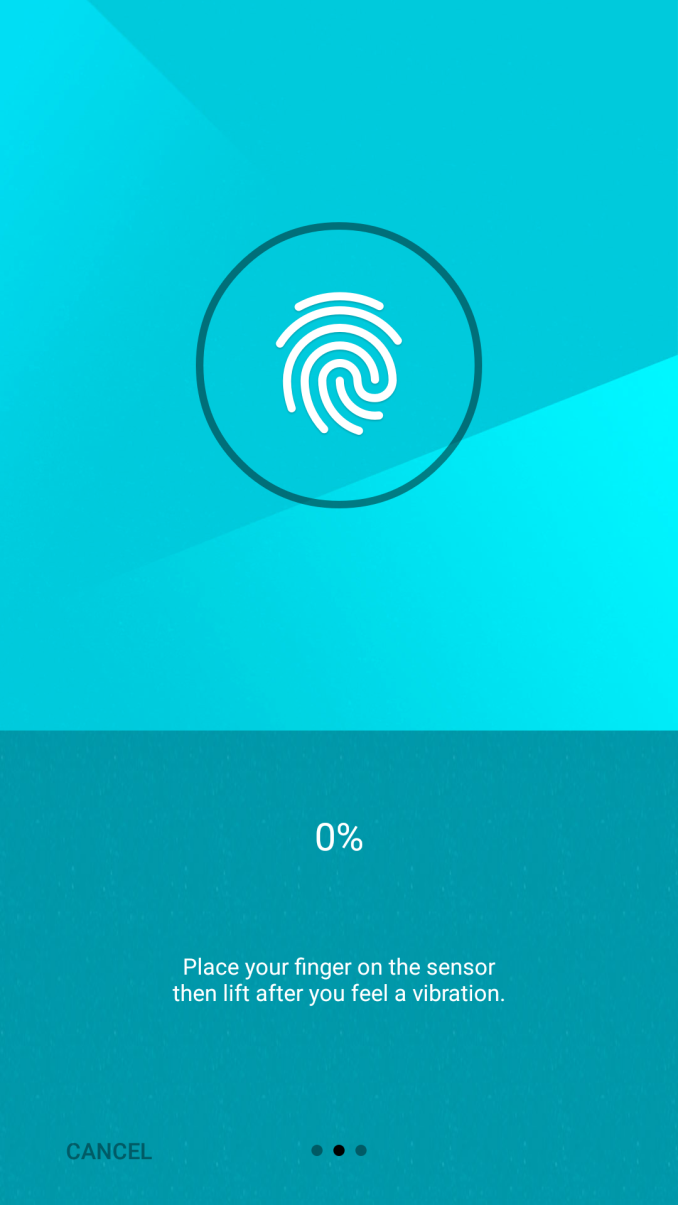

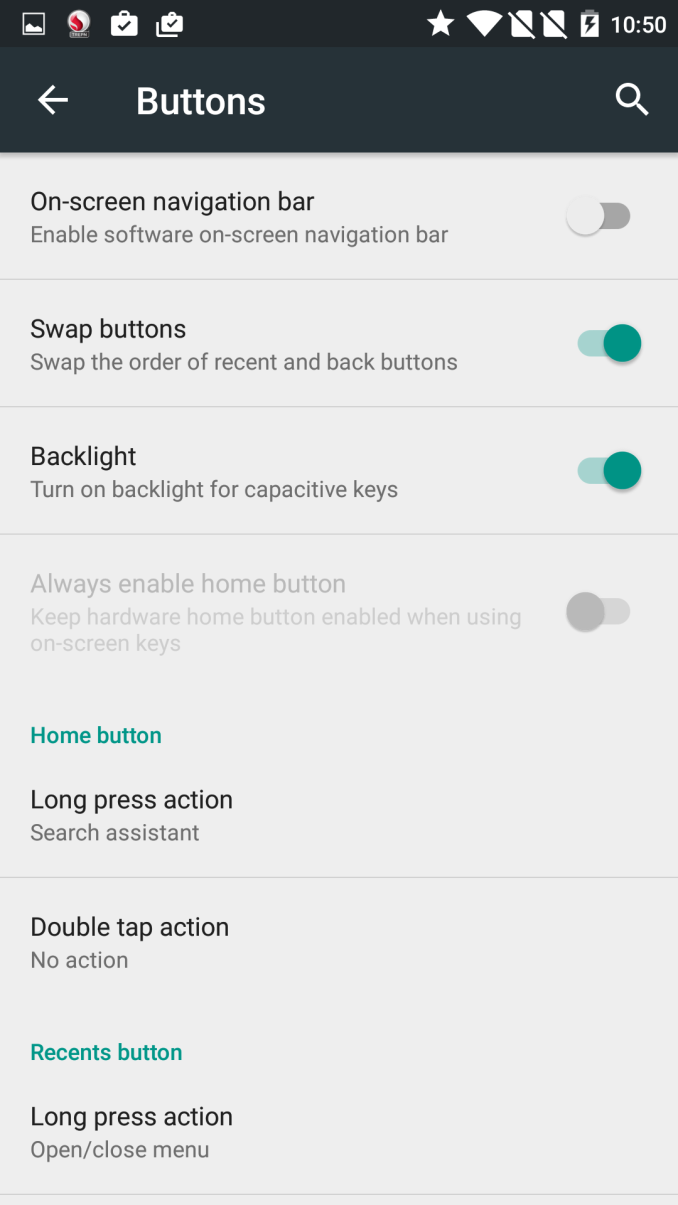
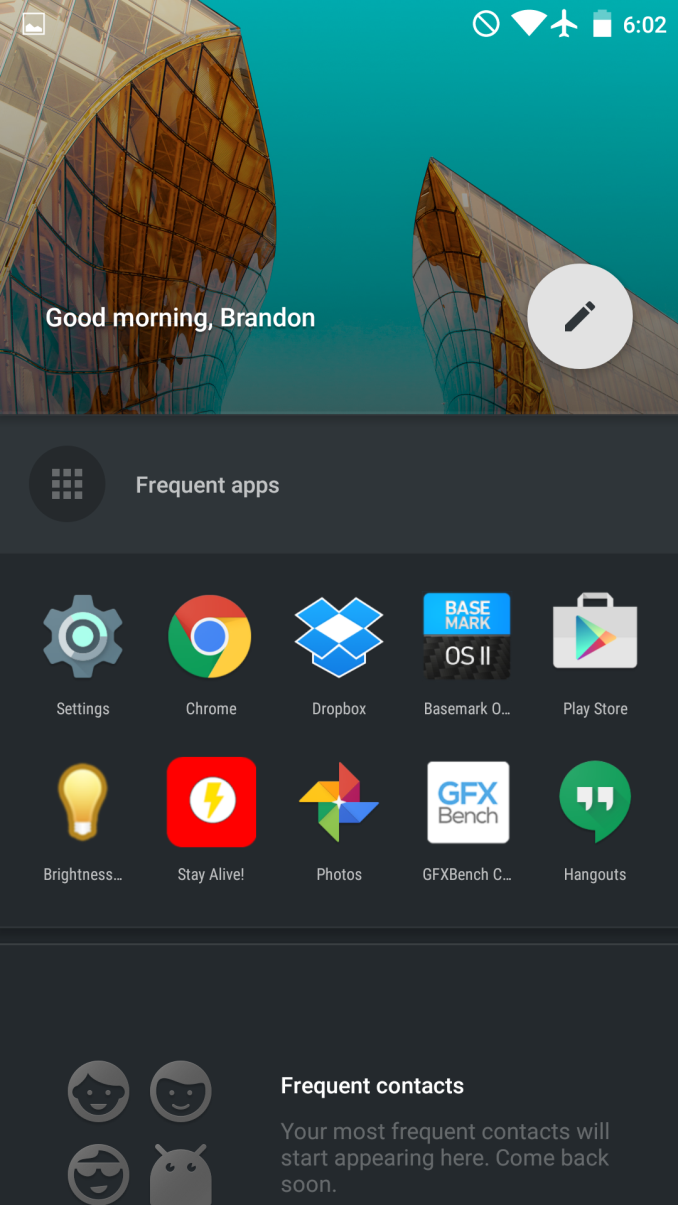
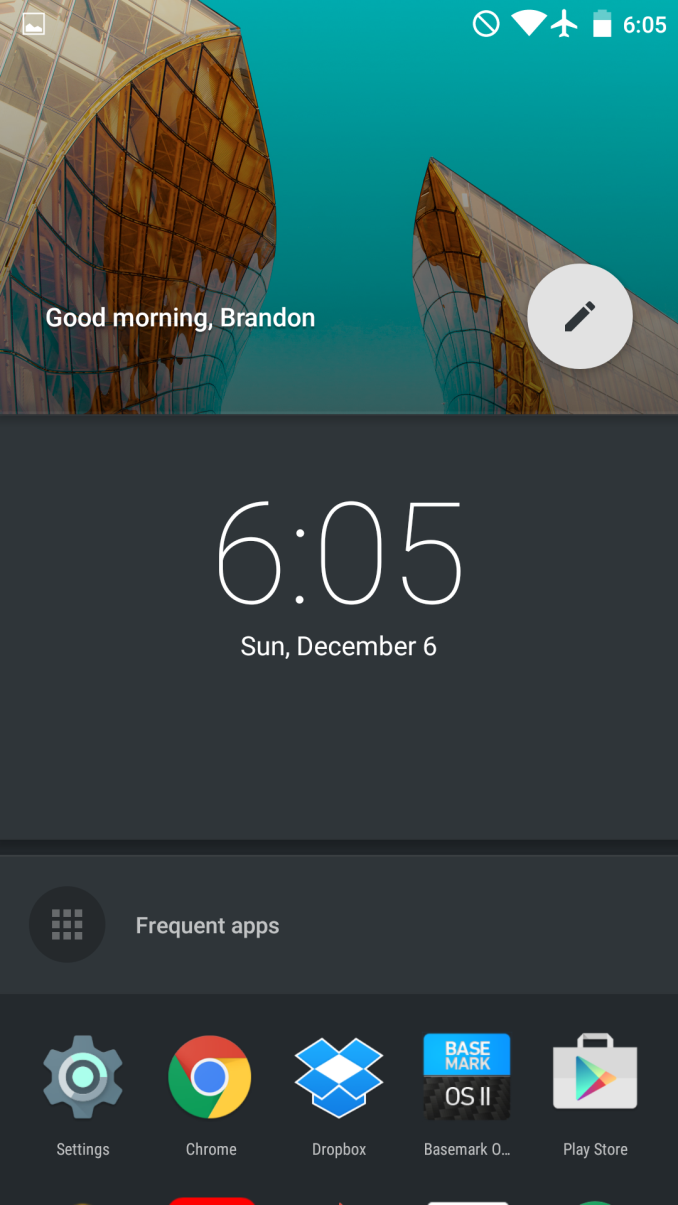








132 Comments
View All Comments
aenews - Tuesday, December 15, 2015 - link
The author mentions his dislike of the "back cover material" many times throughout the article and fails to see the point of a removable back plate. He clearly does not realize StyleSwap™ exists and is a major selling point of the phone.He also doesn't seem to realize there's a color slider in settings that adjusts the tint of the screen. Pulling the slider all the way to the right would yield more color-accurate displays for most OnePlus 2's. He should have tested further with the spectrophotometer IMO. Everyone has his own temperature preferences in regards to the display.
Brandon Chester - Thursday, December 17, 2015 - link
I'm not sure how you can assert that the slider would have an impact without having measured a difference. I did do that, and the difference is insignificant. It's just not a good display.Also, no company offering heavy phone customization is doing very well financially in the smartphone market, so something like StyleSwap is clearly not a major selling point for most consumers.
MarcSP - Tuesday, December 15, 2015 - link
Random Android device: ReviewFlagship of the third mobile platform: Nope!
MarcSP - Tuesday, December 15, 2015 - link
That's really weird. In any case, you could have explained that from the begining.Still, thanks for the reply :-). And ignore another message I posted later. I thought the first one had failed.
vishnumrao - Tuesday, December 15, 2015 - link
Well written and informative review.This review is giving me a sever bout of "buyer's remorse". I was deliberating with myself, between the Nexus 6P and the OnePlus Two. I jumped the gun, when I got an invite. I bought it based on the "on paper" specs and the rave reviews of the predecessor.
Right off, I felt the UI sluggish. Ever so slightly! Some hesitation to move! I installed Cpu Spy app and I started noticing that the processors were maxed out at 1555 (1.56 GHz on the A53). Even when playing games, I never saw CPU states higher than that.
I was surprised by the color accuracy assessments. I never noticed it. Maybe I am not very color sensitive.
The hope is that CM 13 will officially support OnePlus Two phones. That should fix some of the issues on the CPU usage. Oxygen OS is buggy too! An example of a bug I found: https://forums.oneplus.net/threads/cpu-usage-durin...
No official acknowledgement of the issue and no fix either.
I wish I had never got that invite to buy!
SydneyBlue120d - Tuesday, December 15, 2015 - link
Still no HEVC encoding from the Snapdragon 810, do You know if there is some hack to shot videos in HEVC? Thanks a lot.dexterkarthik - Tuesday, December 15, 2015 - link
finally - this review helped in ruling out OP2 and wait for the SD820 to come and then zero in on the Nexus 6P is on sale!!vladx - Tuesday, December 15, 2015 - link
Wtf are you putting S808 in the same sentence with S810? S808 does very well, as shown by the LG G4 score in the tests. Even beats S6 in some.Lbhati - Tuesday, December 15, 2015 - link
@Brandon oneplus one never had ois. Please correct that.albireox - Wednesday, December 16, 2015 - link
Is the reviewer actually aware that the much highlighted Oneplus One display had a yellow tint on a great number of batches sold by Oneplus? So is then relevant that the OnePlus One had better calibrated screen ?On the other hand, you seem to miss that Oneplus 2 has dual SIM functionality that isn't present in a lot of phones that you regard (and recommend) as better purchases?